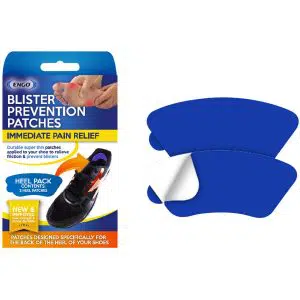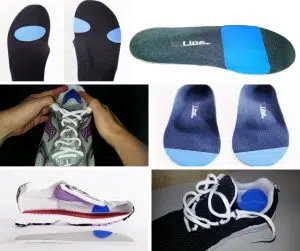
Foot Blisters
Brent Radford, the owner of Foot Focus Podiatry, had the privileged of working with Rebecca Rushton at Esperance Podiatry (now founder of Blister Prevention) as his first position upon graduating from Curtin University. Since opening Foot Focus Podiatry in 2000, he has always been keen to learn about (and stock) podiatry foot products that work. When it comes to blisters, Rebecca Rushton is the guru. Her Engo Patches and blister tips are so good. Foot Focus Podiatry has been providing Engo Blister Patches to their clients and public since they were introduced into Australia in 2012. So please read on to learn more about blister treatment and prevention.

Friction blisters on the feet are the most common injury in sport. In fact, they’re common in everyday life! Several factors like friction, pressure and bone movement combine to cause a tear between skin layers. When fluid fills that area, you have a blister. Blisters can be painful and stop you in your tracks. If torn and not treated properly, they are susceptible to infection. Podiatrists can help with your foot blisters. From taping to low friction patches, lacing techniques to specialised socks, shoe fit to your biomechanical foot function, there are many ways we can help you prevent blisters in your active lifestyle. We stock all Engo blister packs to suits all types of blisters and from our experience these work the best. For more information or education please read below and also on our blog.
How To Prevent Foot Blisters
“Many myths continue to be propagated regarding the prevention and treatment of friction blisters… Physicians, coaches and athletic trainers continue to advocate the use of petrolatum jelly and skin powders to prevent blisters while the scientific literature suggests these measures may actually increase the chance of blistering on the feet.” Doug Richie DPM (2010)

